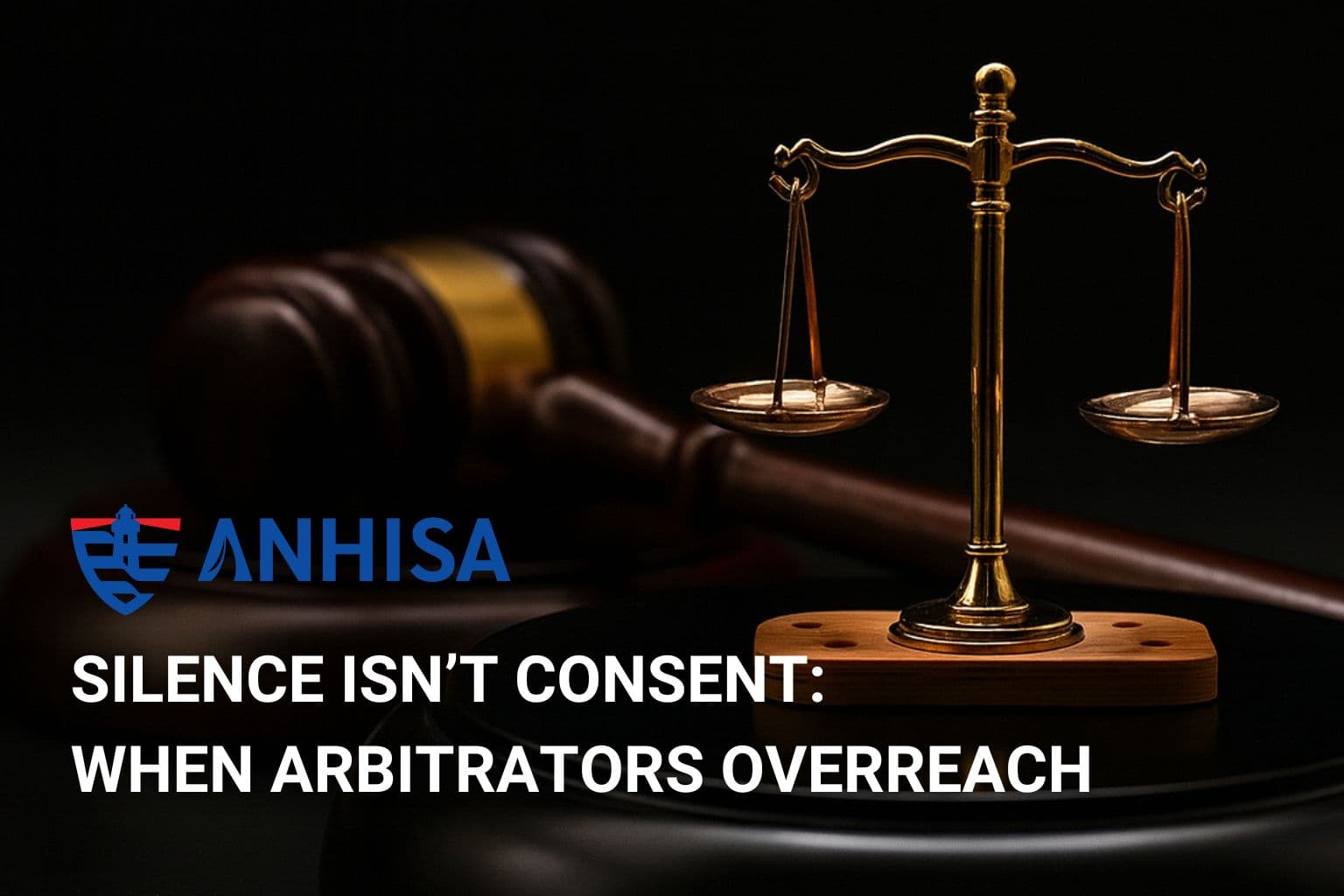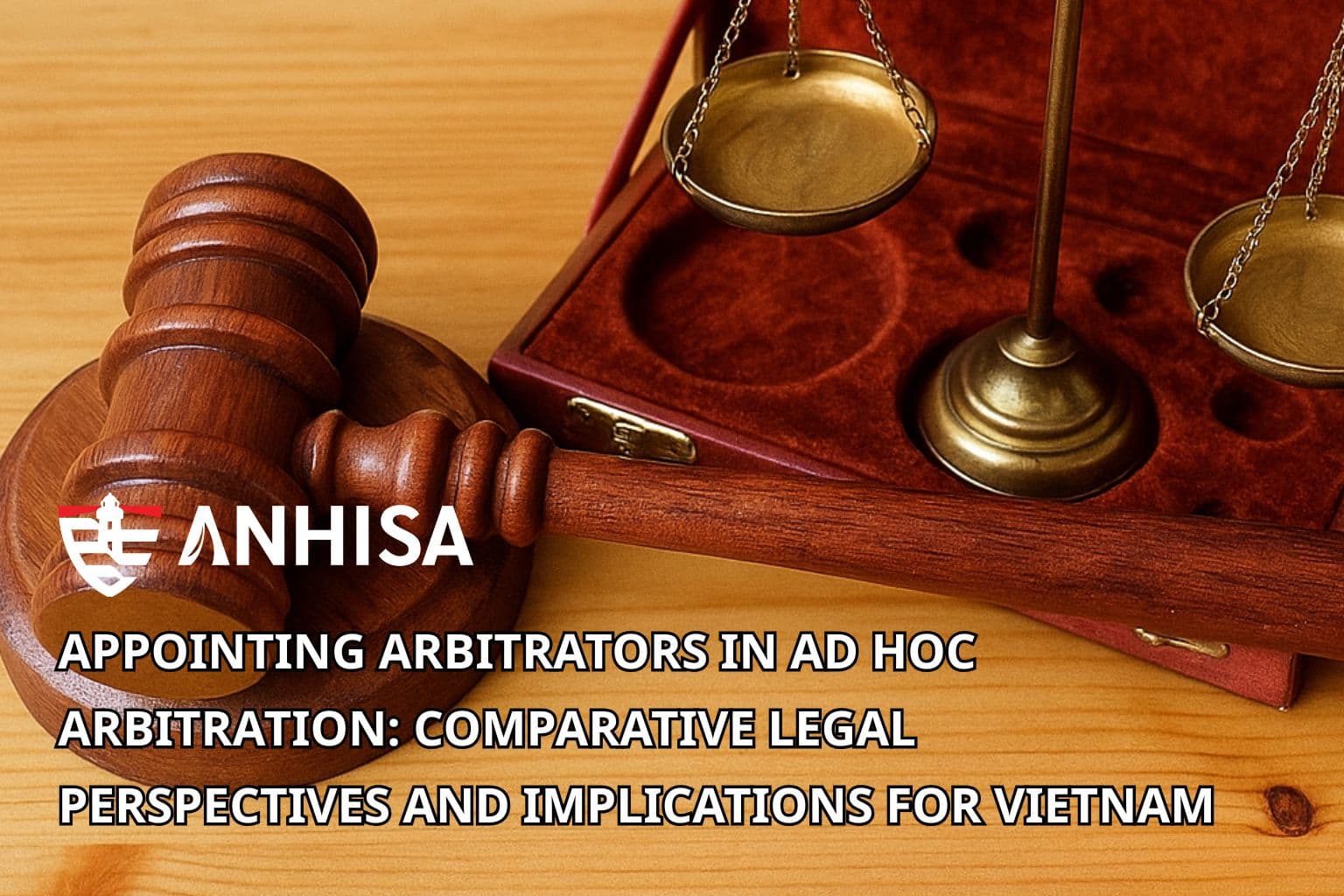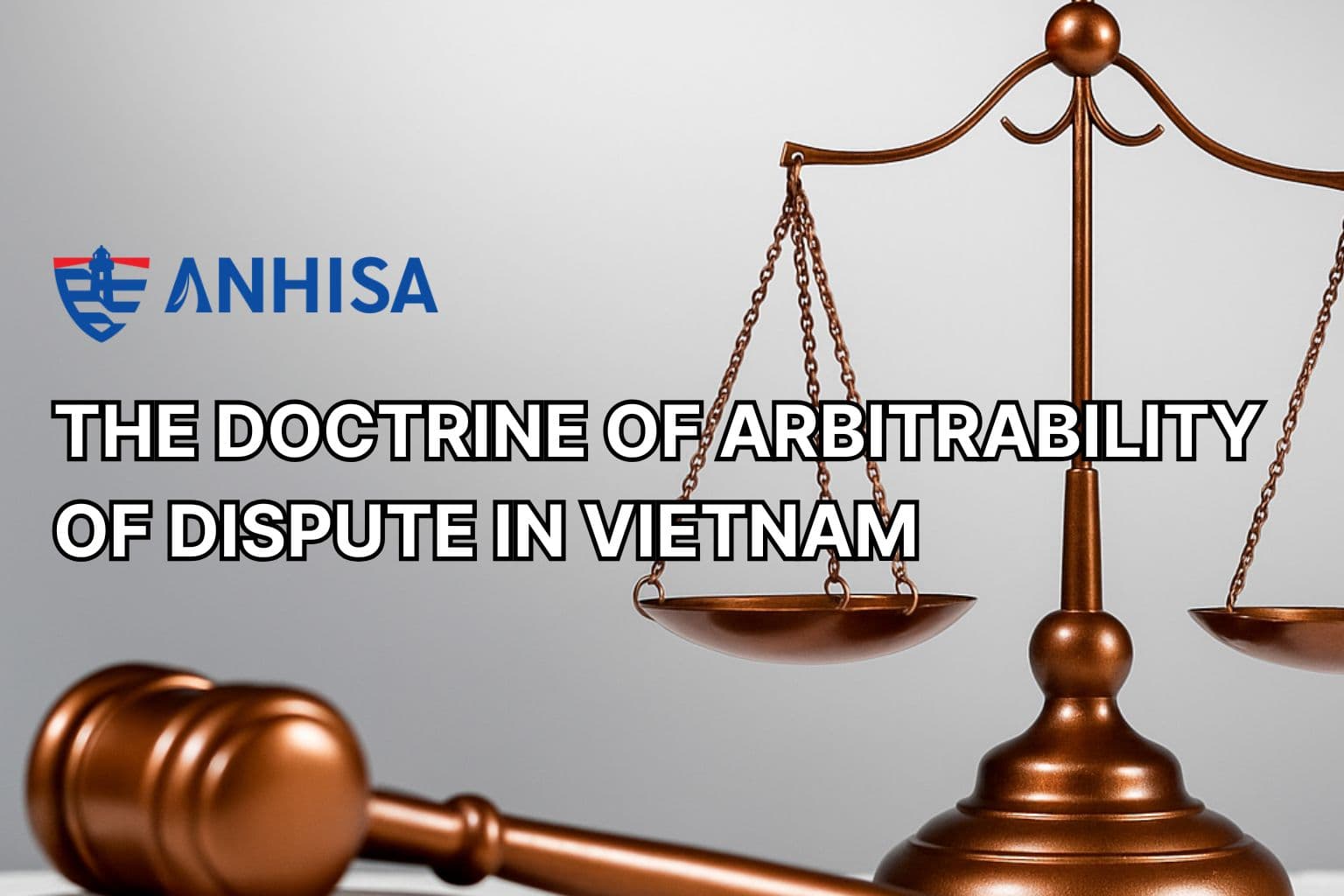[A SERIES OF ARBITRATION NOTES] EPISODE 10 | SIAC RULES: EMERGENCY ARBITRATOR AND EMERGENCY ARBITRATION PROCEDURE UNDER SIAC RULES 2025
April 03, 2025
Foreword
In international arbitration, parties often require urgent relief before the full arbitral tribunal is constituted. To address this need, many arbitral institutions, including the Singapore International Arbitration Centre (“SIAC”), have introduced the Emergency Arbitrator (“EA”) mechanism under Rule 12.1 of the SIAC Rules 2025, as its dedication to a more efficient and modern framework of arbitration.
The EA procedure is a special procedure whereby an Emergency Arbitrator is appointed to hear applications for urgent interim relief prior to the constitution of the Tribunal.
SIAC was the first Asian arbitration institution to offer “Emergency Arbitrations” an innovative mechanism that provides a structured process for appointing an EA to grant interim relief in urgent cases, ensuring that parties can protect their rights effectively and efficiently.
The Need for Emergency Arbitration
According to SIAC’s data, since 1 July 2010, the procedure of emergency arbitration has received more than 130 applications for the appointment of an EA.
The EA has become a vital tool in international dispute resolution, offering swift relief when urgent issues arise before an arbitral tribunal is formally constituted. Common scenarios necessitating EA include preventing the dissipation of assets, preserving crucial evidence, and obtaining urgent injunctions. When there is a risk that one party may transfer or conceal assets to evade enforcement, EA can impose freezing orders to safeguard the claimant’s interests. Similarly, in cases where vital evidence is at risk of being destroyed or manipulated, emergency arbitrators can order preservation measures. Additionally, when ongoing actions threaten to undermine the arbitration process – such as contract breaches that cause irreversible damage – an EA can provide temporary injunctions to maintain fairness.
The expedited nature of EA sets it apart from both court-ordered interim relief and regular arbitration. Proceedings are designed to be fast and efficient, with emergency arbitrators making determinations within days. This rapid decision-making process ensures that urgent disputes receive immediate attention without disrupting the broader arbitration timeline. However, the relief granted is temporary, lasting only until the tribunal assumes jurisdiction. Therefore, parties considering the appointment of an EA must evaluate whether their situation requires immediate action or if waiting for the full tribunal would suffice. Proper assessment of necessity, enforceability, and strategic impact is crucial to determining whether an appointment of an EA is the right course of action.

Application & Process Flow for Emergency Arbitrator Procedure
Under Rule 12.1 and Schedule 1 of SIAC Rules 2025, EA shall be proceeded through four main stages, including:
- Application for the appointment of an EA;
- Determination of application for emergency interim relief;
- If the application for emergency interim relief is accepted, the EA is to be appointed within 01 day; and
- Issuance of order/award of interim relief within 14 days.
Application for the appointment of an EA
A party seeking emergency interim or conservatory relief under Rule 12.1 may file an application with the Registrar for the appointment of an EA. This mechanism ensures that urgent matters, such as preventing asset dissipation, preserving evidence, or stopping contractual breaches, can be addressed before the formal tribunal is constituted.
The application can be submitted at different stages: before the Notice of Arbitration is filed, simultaneously with the Notice, or after the Notice or Response has been filed but before the tribunal is constituted.
To be considered, the application must include key documents such as the Notice of Arbitration (if already filed), supporting materials, and the identities and contact details of all parties and their representatives. The party seeking an appointment of an EA must certify in the application that all parties received a copy of the application or explain the efforts made to provide it or notify them. Additionally, the application must contain a copy or description of the arbitration agreement and the contract from which the dispute arises, a statement explaining the necessity of emergency relief, and a justification for why immediate action is required. Information regarding the applicable law, arbitration seat, language of proceedings, and any third-party funding arrangements should also be included. If any documents are in a language other than English, English translations must be provided.
The application must be accompanied by the EA Filing Fee and an initial deposit covering the EA’s fees and expenses. If additional deposits are required, the Registrar will notify the applicant, and failure to make the necessary payments within the specified timeframe will result in the withdrawal of the application without prejudice. If the application is submitted before the Notice of Arbitration, the Notice must be filed within seven days of the Registrar’s receipt of the application, or else the application will be considered withdrawn unless an extension is granted.
Determination of application for emergency interim relief
If the President determines that SIAC shall accept the application, an EA must be appointed within 24 hours from either the receipt of the application by the Registrar or the payment of the EA Filing Fee and required deposits, whichever occurs later. The appointed EA is subject to the disclosure obligations outlined in Rule 20, ensuring transparency and impartiality in the proceedings.
A party wishing to challenge the EA’s appointment must file a notice of challenge with the Registrar within 24 hours of receiving the appointment notice or upon discovering justifiable grounds under Rule 26.1. Challenges are not permitted once the tribunal has been constituted. If the other party agrees to the challenge or the arbitrator voluntarily withdraws, the SIAC Court of Arbitration may appoint a replacement without implying acceptance of the challenge’s validity. The process for challenging and replacing an EA follows Rule 27, Rule 28, and Rule 30 of SIAC Rules, though the SIAC Court of Arbitration may choose not to provide reasons for its decision.
If the application for emergency interim relief is accepted, an EA is to be appointed within 01 day
If the parties have agreed on a seat for arbitration, that location will also be the seat for emergency interim relief proceedings. In the absence of such an agreement, Singapore will serve as the default seat. However, this does not restrict the tribunal from later determining a different seat under Rule 36.1 of SIAC Rules.
The EA has the authority to conduct the proceedings as deemed appropriate, considering the urgency of the matter. The EA is vested with all the powers of a tribunal under the SIAC Rules, including the ability to determine its own jurisdiction, subject to the tribunal’s final decision.
Within 24 hours of being appointed, the EA must establish a procedural schedule for considering the application. If a party fails to participate, the proceedings may continue in their absence. Unless both parties agree to a decision based solely on written submissions and supporting documents, the EA must hold a hearing if requested by either party or if deemed necessary. Given the time-sensitive nature of emergency relief, hearings may be conducted in person, in a hybrid format, or through electronic means such as videoconferencing or teleconferencing.

Issuance of order/award of interim relief within 14 days
Once an EA is appointed, they have the authority to issue preliminary orders even before receiving written submissions or conducting a full review of the application. This ensures that urgent relief can be granted immediately if necessary to prevent irreparable harm. The EA is empowered to order or award any interim relief deemed appropriate to safeguard the interests of the parties involved.
Under the SIAC Rules, the EA must issue an order or award within 14 days from the date of their appointment unless the Registrar extends this period. However, no order or award shall be issued by the EA until it has been approved by the Registrar as to its form in accordance with Rule 53. In particular, the Registrar’s scrutiny of the award only focuses on suggesting modifications to the form of the draft award, without affecting the EA’s liberty to determine the substance of the dispute.
The EA may impose conditions on the order or award, such as requiring the party seeking relief to provide security to mitigate any potential adverse effects. Additionally, before the tribunal is formally constituted, the EA may, either on their own initiative or upon a reasoned request from a party, reconsider, modify, or set aside any prior order or award. The EA also has the power to issue supplementary orders or awards for emergency interim relief claims that were not initially addressed.
The binding nature of an EA’s order or award remains in effect under certain conditions. It ceases to be binding if the parties mutually agree, if the EA or the tribunal determines it should be set aside, or if the arbitration claims are withdrawn or terminated before the final award is issued. Moreover, unless the tribunal is constituted within 90 days from the issuance of the order or award, it automatically ceases to be binding unless an extension is granted by the Registrar. Once the final tribunal is in place, it has full authority to affirm, modify, or vacate the EA’s order/award, including reassessing the EA’s jurisdiction.
An EA is not permitted to serve as an arbitrator in the subsequent tribunal unless all parties agree otherwise. Notably, the parties are bound to comply with the EA’s order or award from the moment it is issued. They also waive any rights to appeal, review, or seek recourse from a court or judicial authority concerning the order or award, to the extent permitted by law. This finality and immediacy reinforce the efficiency and effectiveness of emergency arbitration under the SIAC framework.
Advantages and Challenges of the Emergency Arbitrator Mechanism
Advantages
The EA mechanism offers a valuable tool for parties seeking urgent relief before a full tribunal is constituted. One of its key advantages is speed and efficiency. Unlike traditional arbitration, where setting up a tribunal can take weeks or even months, an Emergency Arbitrator can be appointed within 24 hours, with interim relief often granted within days. This ensures that parties can prevent irreparable harm, such as asset dissipation or contractual breaches, in a timely manner.
Another benefit of the EA mechanism is that it preserves the integrity of the arbitration agreement. By providing a structured process for urgent relief, it prevents parties from resorting to courts, thereby maintaining arbitration as the primary dispute resolution method. Additionally, emergency arbitration offers a higher degree of confidentiality compared to court proceedings. This is particularly important in commercial disputes where sensitive business information or trade secrets may be released, ensuring that such details remain protected.
Disadvantages
Although the EA is considered an innovative mechanism in modern arbitration, the EA mechanism also comes with challenges. A significant limitation is the enforceability of EA orders across different jurisdictions. While many arbitration-friendly countries recognize and enforce such orders, others argue that EA order/award is not the final award, therefore, do not recognize and enforce under the New York Convention 1958. Consequently, parties must take additional legal steps for recognition. This can lead to delays and uncertainty, undermining the very urgency that emergency arbitration is designed to address.
Cost is another important consideration. While emergency arbitration provides a fast and structured approach to urgent disputes, the fees associated with appointing an EA and conducting emergency proceedings can be substantial. For parties with limited financial resources, this cost factor may discourage them from pursuing emergency relief.
Additionally, there is the risk of parallel proceedings. In cases where an EA order is not immediately enforceable in a given jurisdiction, a party may still need to seek court intervention. This can lead to a situation where litigation and arbitration run concurrently, increasing complexity and potential legal costs.
Conclusion
The Emergency Arbitrator mechanism under the SIAC Rules 2025 plays a crucial role in international arbitration, providing a practical solution for urgent interim relief. While it offers significant advantages in terms of speed and procedural efficiency, parties must carefully consider enforceability issues and costs before filing an EA application. As international arbitration continues to evolve, emergency arbitration remains an essential tool for safeguarding parties’ rights and maintaining the integrity of arbitral proceedings.
ANHISA LLC AND OUR EXPERTISE
ANHISA LLC is a boutique law firm specializing in Dispute Resolution, Shipping and Aviation. Being the leading lawyers in various fields of law, our qualified, experienced, and supportive team of lawyers know how to best proceed with a case against or in relation to Vietnamese parties and are well equipped to provide clients with cost-effective and innovative solutions to their problems.
Regarding dispute resolution, we have represented Vietnamese and foreign clients in the resolution of disputes involving maritime, construction, commercial and civil matters. Our lawyers are well-equipped to offer services on a wide range of disputes and conflicts, whether cross-border or purely domestic, to appear before any Judges or Arbitral Tribunals. The firm is prepared to assist clients in designing the appropriate dispute resolution procedure to help resolve conflicts as efficiently and cost effectively as possible, which may involve combining elements of mediation and other methods such as arbitration.
AUTHORS
DANG VIET ANH
Managing Partner
Mobile: (+84) 983 467070
Email: anh@anhisa.com
TRUONG CONG HONG
Senior Associate
Mobile: (+84) 909 814090
Email: hong@anhisa.com
NGUYEN THI PHUONG THAO
Associate
Mobile: (+84) 919 205984
Email: thao@anhisa.com
This article aims to furnish our clients and contacts with general information on the relevant topic for reference purposes only, without creating any duty of care on the part of ANHISA. The information presented herein is not intended to serve, nor should it be considered, as a substitute for legal or other professional advice.
Related posts

SILENCE ISN’T CONSENT: WHEN ARBITRATORS OVERREACH
November 27, 2025

APPOINTING ARBITRATORS IN AD HOC ARBITRATION: COMPARATIVE LEGAL PERSPECTIVES AND IMPLICATIONS FOR VIETNAM
October 08, 2025

PARTIES TO AN ARBITRATION AGREEMENT
October 01, 2025

THE DOCTRINE OF ARBITRABILITY OF DISPUTE IN VIETNAM
September 24, 2025
- EMAIL:
- om@anhisa.com
- office@anhisa.com
- TEL:
- Hanoi Office: +84 24 320 47609
- Saigon Office: +84 28 5416 5873
- HOTLINE:
- +84 (0) 939 117 398
- +84 (0) 983 488 380

